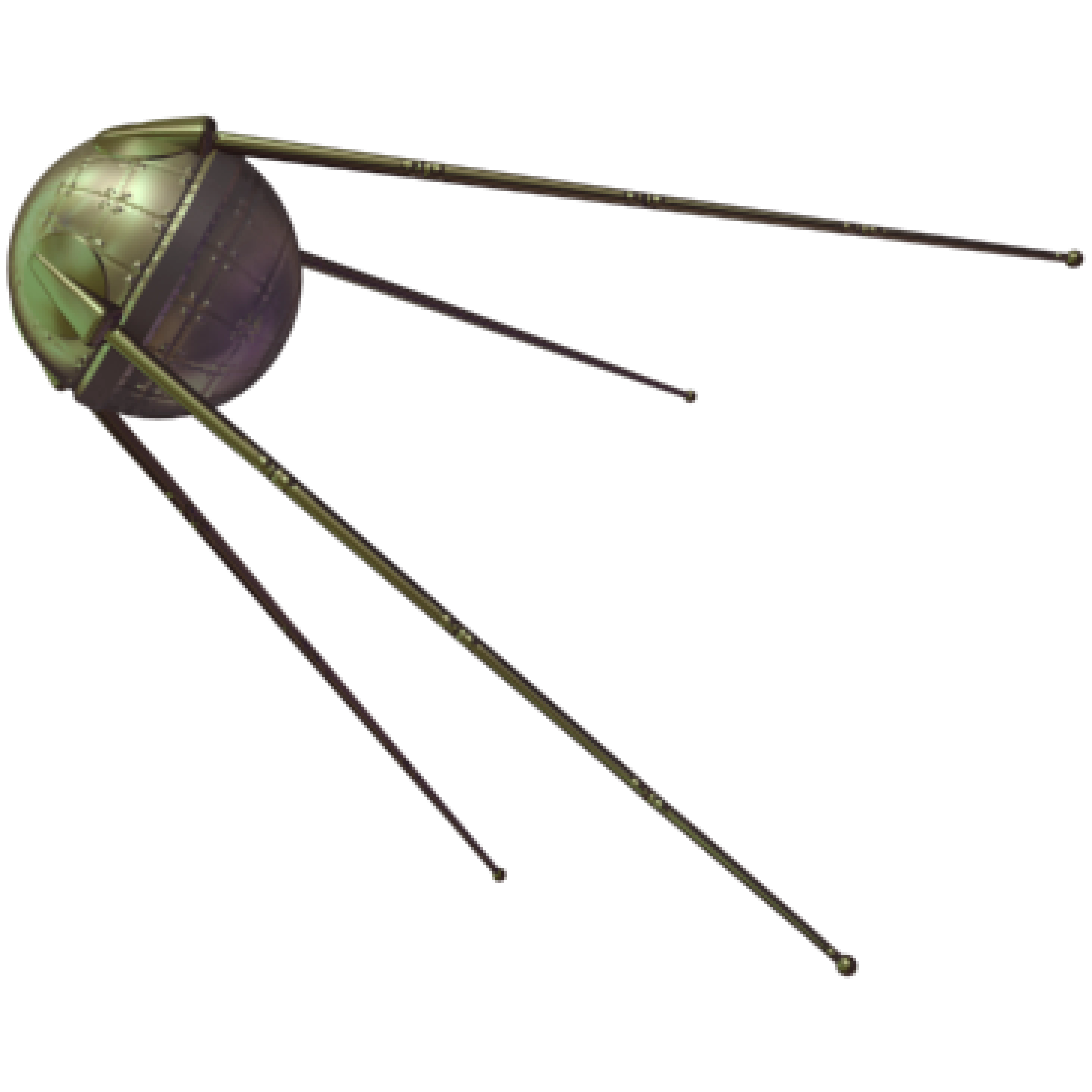

Technology, its a wonder isn’t it, we have so much we take for granted.
Technology is the application of knowledge for achieving practical goals in a reproducible way.The word technology can also mean the products resulting from such efforts, including both tangible tools such as utensils or machines, and intangible ones such as software. Technology plays a critical role in science, engineering, and everyday life. Technological advancements have led to significant changes in society. The earliest known technology is the stone tool, used during prehistoric times, followed by the control of fire, which contributed to the growth of the human brain and the development of language during the Ice Age.
invention of the wheel in the Bronze Age allowed greater travel and the creation of more complex machines. More recent technological inventions, including the printing press, telephone, and the Internet, have lowered barriers to communication and ushered in the knowledge economy.
While technology contributes to economic development and improves human prosperity, it can also have negative impacts like pollution and resource depletion, and can cause social harms like technological unemployment resulting from automation. As a result, there are ongoing philosophical and political debates about the role and use of technology, the ethics of technology, and ways to mitigate its downsides.

Tools were initially developed by hominids through observation and trial and error. Around 2 Mya (million years ago), they learned to make the first stone tools by hammering flakes off a pebble, forming a sharp hand axe. This practice was refined 75 kya (thousand years ago) into pressure flaking, enabling much finer work.
The discovery of fire was described by Charles Darwin as "possibly the greatest ever made by man". Archaeological, dietary, and social evidence point to "continuous [human] fire-use" at least 1.5 Mya. Fire, fueled with wood and charcoal, allowed early humans to cook their food to increase its digestibility, improving its nutrient value and broadening the number of foods that could be eaten. The cooking hypothesis proposes that the ability to cook promoted an increase in hominid brain size, though some researchers find the evidence inconclusive. Archaeological evidence of hearths was dated to 790 kya; researchers believe this is likely to have intensified human socialization and may have contributed to the emergence of language.
Starting in the United Kingdom in the 18th century, the discovery of steam power set off the Industrial Revolution, which saw wide-ranging technological discoveries, particularly in the areas of agriculture, manufacturing, mining, metallurgy, and transport, and the widespread application of the factory system. This was followed a century later by the Second Industrial Revolution which led to rapid scientific discovery, standardization, and mass production. New technologies were developed, including sewage systems, electricity, light bulbs, electric motors, railroads, automobiles, and airplanes. These technological advances led to significant developments in medicine, chemistry, physics, and engineering. They were accompanied by consequential social change, with the introduction of skyscrapers accompanied by rapid urbanization. Communication improved with the invention of the telegraph, the telephone, the radio, and television.

The 20th century brought a host of innovations. In physics, the discovery of nuclear fission in the Atomic Age led to both nuclear weapons and nuclear power. Computers were invented and later shifted from analog to digital in the Digital Revolution. Information technology, particularly optical fiber and optical amplifiers led to the birth of the Internet, which ushered in the Information Age. The Space Age began with the launch of Sputnik 1 in 1957, and later the launch of crewed missions to the moon in the 1960s. Organized efforts to search for extraterrestrial intelligence have used radio telescopes to detect signs of technology use, or technosignatures, given off by alien civilizations. In medicine, new technologies were developed for diagnosis (CT, PET, and MRI scanning), treatment (like the dialysis machine, defibrillator, pacemaker, and a wide array of new pharmaceutical drugs), and research (like interferon cloning and DNA microarrays).